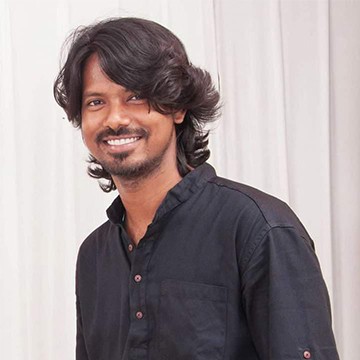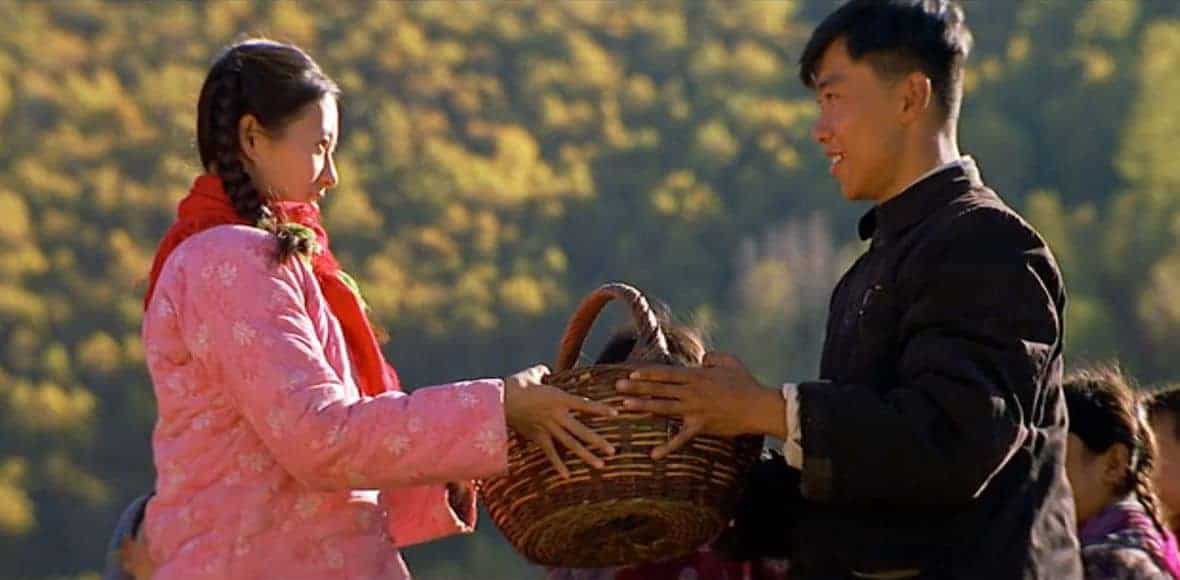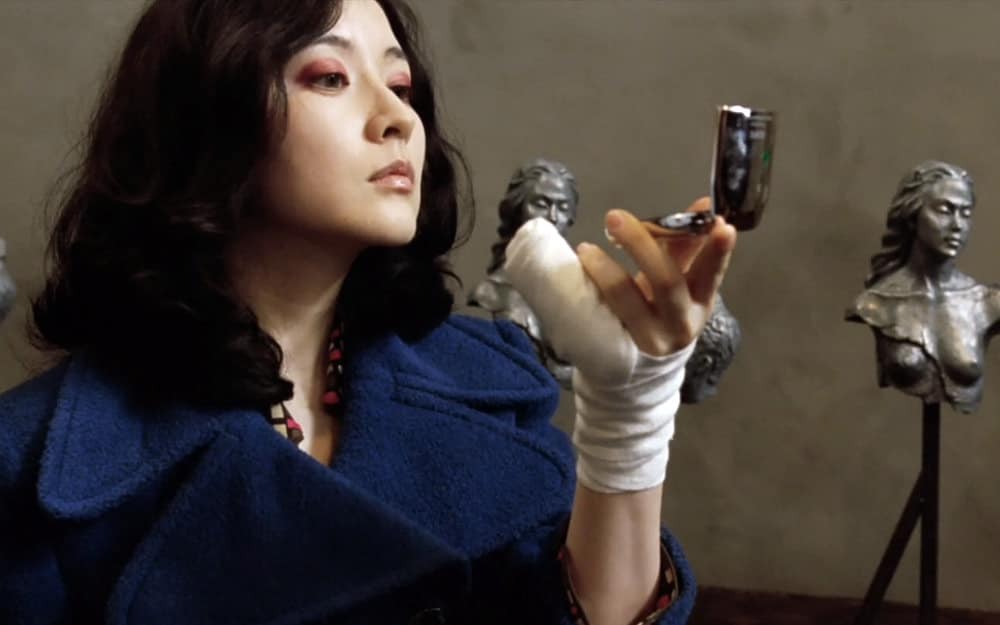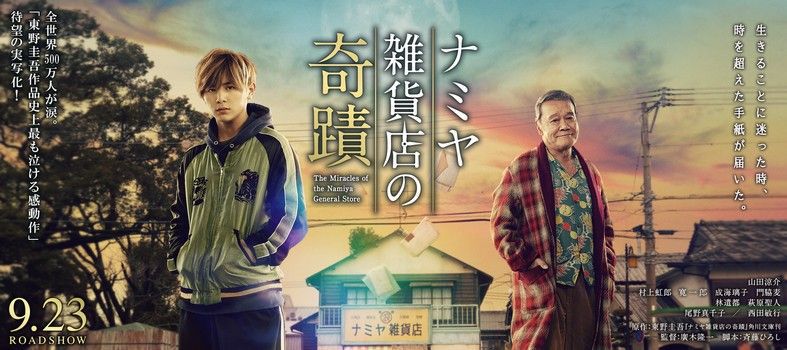After graduating from Tokyo's Rikkyo (St. Paul's) University, in 1982 Masayuki Suo established a movie-production company, Unit 5, that specialized in adult films. He acted as assistant director of 60 such films before making his directorial debut in 1983 with the soft-porn movie Hentai kazoku: aniki no yomesan (Abnormal Family: My Brother's Wife). In 1989 Suo crossed over into mainstream cinema with Fanshī dansu (Fancy Dance), the story of a musician in a big-city band who, having learned that he must succeed his father as a Buddhist priest, encounters joy and sorrow while undergoing training at a Zen temple.
One of the major influences on Suo was the Japanese film director Yasujiro Ozu. Suo emulated Ozu's style through the use of such techniques as setting cameras at ground level and giving actors long pauses in conversation. In the 1990s he concentrated on making entertaining movies about people who lived outside the mainstream of Japanese society. Suo wrote and directed Shiko funjatta (1992; Sumo Do, Sumo Don't), an amusing tale about a young man forced to participate in his university's lamentably bad sumo wrestling team. Shiko funjatta won a Japanese Academy Award for Best Film in 1992 and was a surprise hit at the Cannes film festival in 1993.
Suo's 1996 “Shall We Dance?” won fourteen awards at the Japanese Academy Awards including Best Actor, Best Actress, Best Director and Best Film and performed strongly in U.S. theaters. Other notable films include “The Terminal Trust” and “Lady Chaplin”.
On the occasion of his latest work, “Talking the Pictures” screening at Toronto Japanese Film Festival, we speak with him about Japanese silent films and the concept of benshi, what was the meaning of film as a concept in the silent and the talkies era, recreating the Japan of a hundred years ago, and many other topics.

translated from Japanese by Lukasz Mankowski
What made you choose to focus on Japanese silent film and the benshi for your latest film? What do you think is special about the art of live-movie narration?
Even though I've become a filmmaker, up until now I haven't been thinking much about the role of benshi in the film industry. When I was in my 20s, studying to become a film director, I spent a lot of time watching silent films. That was my process of learning. At that time, I thought that the appreciation of the aesthetic sense of the films, was supposed to come from an experience that would not include any sort of music or the commentary from the benshi. The reason for that, I was convinced, came from the fact that since the film does not include any music, it should be watched the way it was made – in silence. Only then the appropriate appreciation would appear in the audience.
And now we're here. What we all call ‘film' now, that is to say, a projection of the image that comes from the film tape, watched by a number of people sitting in the cinema together – that definition had no other choice but to keep on changing. It's not only the projected image on screen anymore. The digital revolution has also influenced the film industry. That's why, as a filmmaker, I needed to ask myself a question – ‘What is a film?'.
To begin with, I needed to think, how do Japanese people watch films? I believe many people in the industry, including myself, had negative feelings about the presence of benshi in the film. Focused entirely on entertaining the audience at the theatres, oftentimes, benshi would disregard the intention of the filmmakers. By explaining the narrative of the silent films, they happened to make their stories of their own. From a filmmaker's standpoint, that is something that cannot be allowed. However, with many people watching films or moving photographs like that in Japan, enjoying them as they came, eventually, that became the definition of the film for a number of Japanese people.

Since the style of showing films with an additional voiceover narrative hasn't become a thing in the West, this has developed as something unique to Japan. Even the filmmakers in Japan started to make films with the idea of their work being screened with the narrative of the benshi. From one side, I think this style was harmful for the evolution of the visual form of the medium, but this was also the time when filmmakers such as Kenji Mizoguchi or Yasujiro Ozu continued to make their work with the inclusion of the benshi figure. Hence, at some point, we awaited the emergence of unique artists, whose wonderful body of work was unprecedented on the world scale. That's why I wanted people all over the world to know, how films in Japan were being enjoyed across all these years. Aside from that, I also wanted to rethink the concept of ‘film' in the context of the 21st century, as it was something that I haven't given a thought about myself before.
The work of benshi was an adaptation of the traditional concept of narrative art that was present in Japan from ancient times and it was created for the purpose of Japanese silent films. What stands as a special trait of these films is that they possessed a voice expression long before the appearance of talkie films. One can say it was laying the ground for the talkie films to arrive. In other words, the narrative of the benshi made a huge impact on the latter sound films. I think film directors, such as Kenji Mizoguchi, Yasujiro Ozu or Akira Kurosawa, all managed to establish a unique visual expression, which was bonded with the art of benshi from the very start. Even though Kurosawa never made a silent film, his older brother, Hinoue, worked as benshi and it is said that it influenced his work. We can see a direct influence in the ‘narrative' of “Rashomon” in particular.
How did you prepare for the recreation of a Japan from a hundred years ago?
First of all, I decided to make an entirely new film that appears in the play. That's because if you use an old silent film, which represents the real life touch addressable only to the period of time it was made, it also comes with all the nostalgia and historical values. I felt that this way, it would appear as an indicator of some ‘special thing'. What I wanted to have in the film that would be made exactly at the same time the entire production takes place.
Aside from that, I tried to delve into books and collections of photographs depicting silent films and the reality of that era. As many as possible. I wanted to be accurate to the times I tried to depict, and I tried to achieve that through what was written and represented through visual expression. Through that, I started with grasping the atmosphere of people having fun at film theatres, understanding their emotions or the general sense of aesthetics present at that time.
Through movie going as a practice and the benshi as a star who has the potential to challenge moral propriety, you show a very different face of Japan from that period, which is usually portrayed as a setting filled with misery and drama. Instead, you present it as a place of laughter, hedonism and possible dissent. Why did you choose to show this side?
The more research I made about these times, the more I was reminded of the prosperity of Japanese theatres and the enthusiasm of the audience. That being said, for Japanese people, the appearance of benshi on the stage during the screening of the film started to become an element of live performance. Exactly that point became extremely important for my thoughts about the beginnings of Japanese Cinema. Why is Japanese Cinema so connected with the notion of narrative? There is, obviously, a strong influence of the ‘art of narrative' in Japanese culture, which continues on leaving its mark. It is clear that what made the Japanese Cinema so unique hasn't come from the West. That also became the major motive of my film. More than depicting the reality of the period, I wanted to focus on the aspects that weren't addressed before in film representation. That is the existence of benshi and the charm that starts to exist in the film once the audience hears their voice.
The movie starts with the shooting of a silent film, a process which, as you show, is filled with experimentation, improvisation, and luck. To what extent did these things influence the way you approached directing “Talking the Pictures”?
Firstly, it was very important for me to depict the reality of filmmaking of these times, which includes the environment of the shooting plans or the atmosphere during the screenings. I tried to achieve a certain vicarious experience of reality. I didn't aim to simply convey the shooting scenery of that time; instead, I wanted to grasp what making films really meant at that time. Secondly, even though we've entered the digital era of making films, I realized the essence of filmmaking hasn't really changed. That became my driving force for making this film. In other words, ‘shooting' the film can still be perceived as ‘live'. We still do have elements of coincidence that determine the trajectory of the film production, and no matter how many plans and precautions we line up, there is still a chance for the ‘unforeseen' to take over. And when that happens, this is when the films shine and reveal their most interesting aspects. And that is extremely important – to pursue this unexpectedness.

Many sequences in the movie also remind us of the films of that period, especially the long and incredibly choreographed chase at the end. Are there any movies or directors that inspired your work on the film?
I've watched plenty of silent films, but the filmmaker that influenced my work in a direct way was Shozo Makino and the group of young filmmakers that accompanied him throughout the years. His work, which is usually considered as ‘chanbara films' (sword-fighting films about samurais), left a huge inspiration in me. Especially, I was influenced by the film by Buntaro Futagawa, “Orochi” (with Tsumasaburo Bando as a star and distributed by Makino Production), which also appears in my film. The reason is simply because I was overwhelmed by the ingenuity and passion towards filmmaking from the side of the whole crew involved in the film.
In the movie, we see numerous benshi, each of them having very different performance styles, each of which has a direct influence on the way the audience perceives the film. Are any of them created after real benshi from that period and if so, whom and in what ways? Or they are more influenced by styles of narrators – the drunkard, the heartthrob, the pseudo-intellectual?
Every single character that plays the role of benshi is based on the real model or is a combination of different real benshi figures. To say specifically, one of them is Shusei Yamaoka who is played by Masatoshi Nagase. The leading benshi was modelled after Musei Tokugawa, who was active in the field widely recognized as ‘narrative' (i.e. in the media) long after the benshi figures stopped appearing in the industry. I think there is a certain element of hesitation that the profession was abounded in when it started to become an uncertain job, and Masatoshi Nagase reflected that perfectly in his performance.
Watching your film, I was reminded to an extent of Hideaki Fujiki's article “Benshi as Stars” and Jeffrey Dym's book about the benshi, both of whom touch upon the tension of is what is more important – the film itself or the ego of its narrator who in a way uses the silent movie as a starting point of his own narrative, or at the very least, interpretation. What do you think has cinema has lost with the introduction of sound and the disappearance of the narrator?
I think it lost the ‘voice of the audience'. I've been thinking while making this film if it's not the case that with the arrival of voice in Japanese Cinema, the voice of the audience might have been taken away. What I mean, is that we watch the film in complete silence now. The audience appreciates the films without uttering any words. That became etiquette. There is no need for sound because the film has its own. As a result, our emotions during watching the film became simply restrained. And since Japanese people do not show many emotions in general, but it may also include people across the world, and when you watch Japanese traditional art (in which the audience chants or raises the voice from their seats on a regular basis) or Japanese movie theatres back from the time of silent films, you realize that it is not actually the case. Essentially, even the Japanese can be upfront with their emotions. However, if one is not able to discern the necessity of circumstances, that is to say, not to bother others with one's feelings, it happens that one's feelings are eventually suppressed.
To your knowledge, are there any benshi in contemporary Japan apart from Midori Sawato and if there are, how does their art differ from those of the live narrators of the time depicted in your film? Also, have any of them seen “Talking the Pictures” and what has their reaction to the film been?
Indeed, there are other people currently working as benshi besides Midori Sawato, although there aren't many of them. Most of them are Sawato's disciples or have connected with her somehow. The crucial difference between contemporary benshi and the traditional ones is that the former pay a lot of respect towards the original film and are devoted to the depicted themes or selected episodes. Back in the day, the first principle of old benshi was the audience entertainment. That's why they would pay attention to nothing but themselves, trying to become the audience's favourites. More than the film, they cared about their involvement in it as performers. They would even consider themselves the leading actors, as they believed it was thanks to their narrative or changes to the dialogues the film gained a much more interesting vibe. They were also devoted to the rivalry with other performers. One had to become more entertaining than the others. One may think the film limits benshi only to the materials they are given. But the film itself becomes a performance – benshi uses the film and makes everybody see it, as well as entertains through it. However, we're talking about the times when films didn't stand for a particular set of values. This was the moment when the films have just been brought to life and everybody was still looking for the definition of film. Almost 100 years after that, we can finally say that ‘film' is about sharing some sense of values. For that reason, current benshi want to work without doing any harm to the original message of the film; more than than, they're constantly thinking what they can do to convey the film even better through their narrative that has become merely an appendix. Their work is to grasp the charm of silent films.
With my film as well, at its start, I asked Midori Sawato to assist other actors who played the parts of benshi. She guided them through the proper way of narrative, helping the crew of actors wholeheartedly, but also helped us with the historical facts and taught us about the unknown episodes of history. We also asked her to appear as benshi but also as a genuine actor in other roles (samurai). The film was generally well-received by the benshi. After the premiere, I had a feeling that thanks to this project, the work of benshi has spread to different fields this time, but what's most important, the existence of benshi drew attention once again, even if for a brief second.
Lastly, are you working on a new project and if so, could you tell us a bit more about it?
I'm currently in the middle of planning a film about criminal justice in Japan, but I'm also considering trying myself in the world of chanbara films (sword-fighting themed films).
















